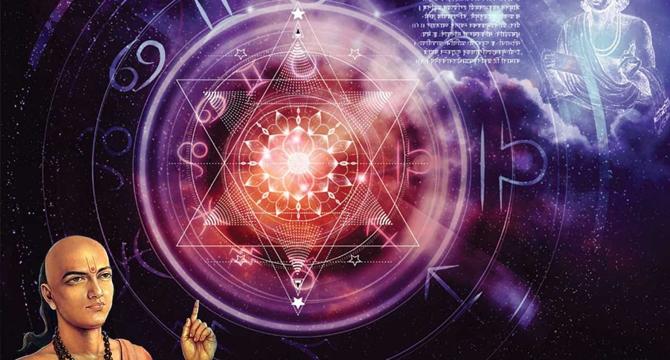Medium
1w
344

Image Credit: Medium
The Contribution of India in the Field of Astronomy
- Indian astronomy made significant strides in understanding the universe, recognizing the sun and stars as similar celestial bodies and proposing the sun as the center of the universe.
- Astrology and astronomy were intricately linked in ancient India, fostering a unique environment for astronomical study where scientific inquiry and spiritual significance intertwined.
- The Vedanga Jyotisha, authored by Lagadha in around 1200 AD, is one of the earliest texts in Indian astronomy that outlines methods for tracking the motions of the sun and moon.
- Mathematics played a vital role in ancient Indian astronomy, facilitating the calculation of time, daylight hours, and the precise timings of sunrise and sunset.
Read Full Article
20 Likes
For uninterrupted reading, download the app